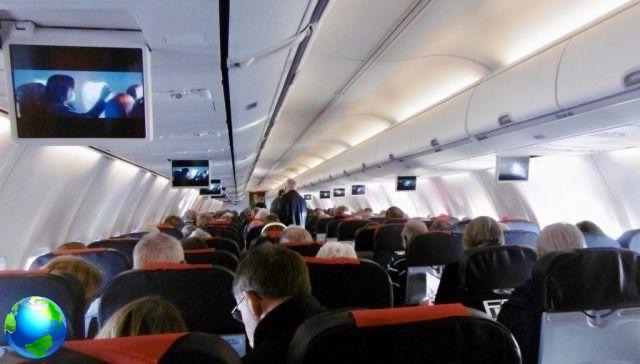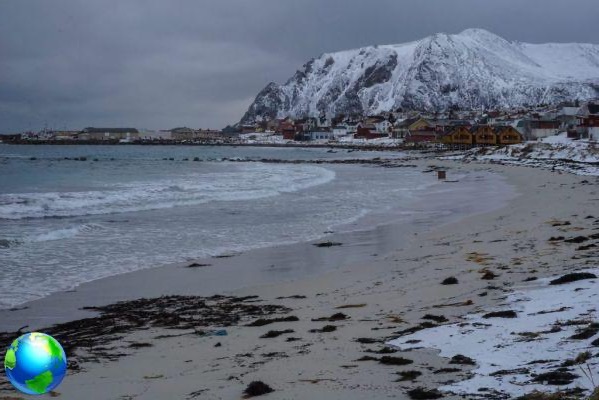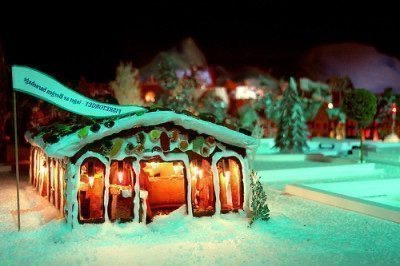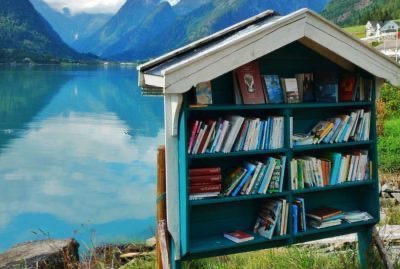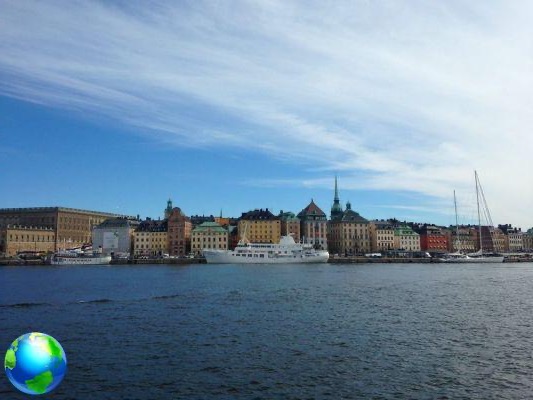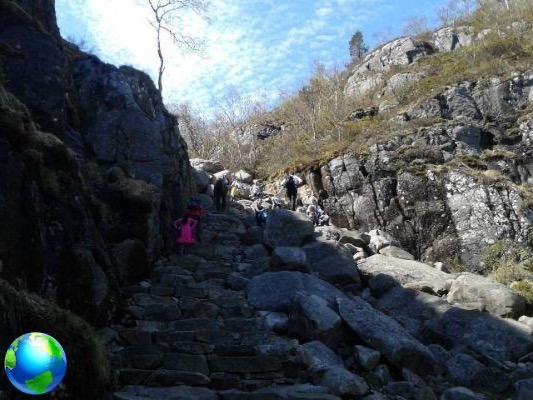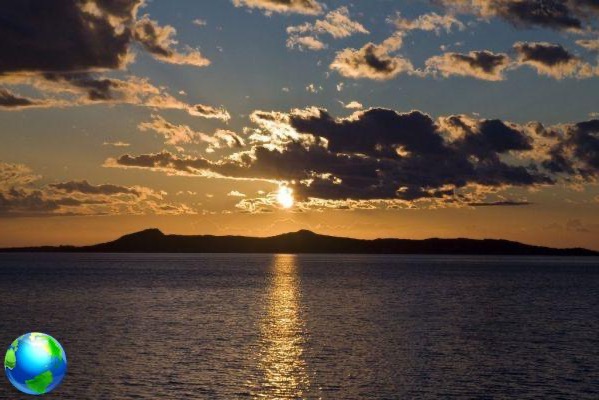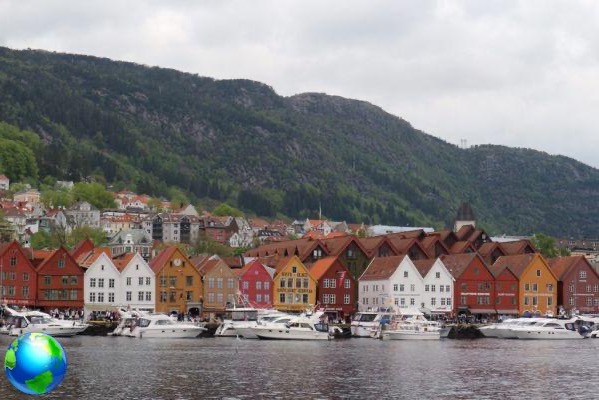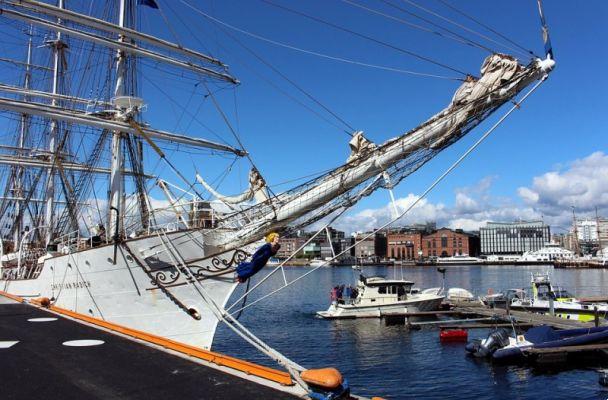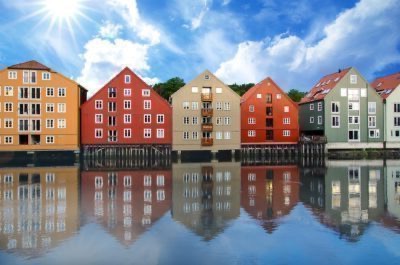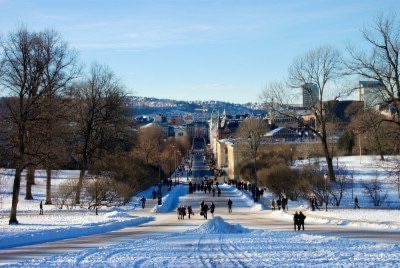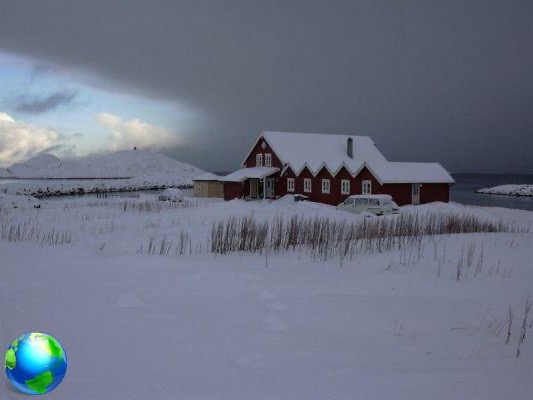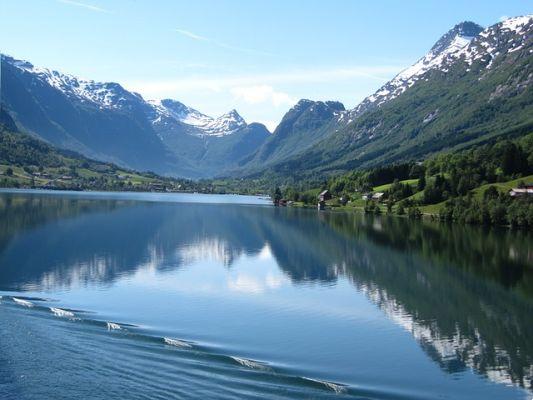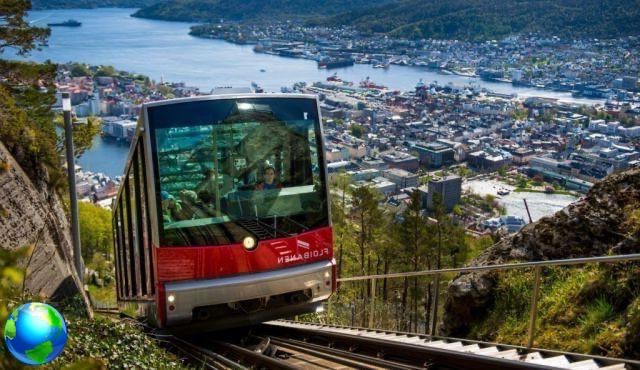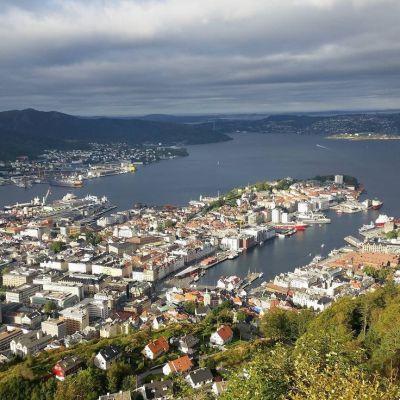From Bergen to Myrdal to Flåm, the Flåmsbana is the most spectacular and steepest railway line not only in Norway, but also in Europe as a whole. Here is the route to see the spectacular features of Norwegian nature.
Don't even try to tell a Norwegian that the Flåmsbana, the railway from Myrdal to Flåm, may not even be the steepest in the world. Because perhaps the primacy would go to the Pilatusbahn, in German-speaking Switzerland. Any Norwegian will tell you, however, that the Swiss railway is rack-and-pinion, while the Flåmsbana trains reach a gradient of 55 per thousand with a normal gauge system, i.e. without the use of the rack which makes things simpler instead.Helvetic Pilatusbahn.
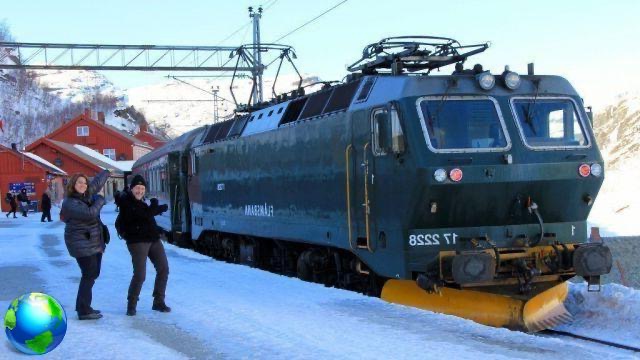
Flåmsbana: the departure
The woman sitting on the seat in front of me tells me: we have just left the station Bergen with a train that will take us to Flåm, a small village in the innermost part of Aurland fjord. The lady reminds me to change in Myrdal and, before I have time to ask her, explains that Myrdal is the train station from which Flåmsbana leaves. The stretch we are traveling on now from Bergen is a very simple local train, without anything special, according to her.
Myrdal: a real show
Lo show it starts in Myrdal, which is about twenty kilometers from Flåm. I close the book, now resigned to the idea of not being able to go on reading Jo Nesbø, and I smile at the woman whose name I did not understand, nodding here and there and asking questions about the distance of over one hundred kilometers that I will have to do. She will go down first, to Voss, where she lives. I would like to admire the landscape in silence, but I can't, so when he gets off and his place is occupied by another passenger, I take care not to lift my head from the book.

Looking out the window I realize how the landscape is changing as the elevation increases. If starting in the morning from Bergen the predominant colors on this cold October day were brown and dark green, little by little everything is turning gray and white.
The Flåmsbana train
When we get to the Mjølfjell station, about 600 meters above sea level, on the quay there is a span of snow. And when I get off in Myrdal, shortly after, the snow is almost half a meter high and the air is much colder than when I left Bergen two hours ago. People are moving fast, headed for other destinations. I approached a group of people who, like me, are looking around, trying to figure out which way to go. A conductor, or perhaps a station attendant, comes to our aid, indicating in heavily accented English where to go to catch the Flåmsbana train, which will leave in ten minutes. Not that there's a risk of getting lost at Myrdal station, with its two platforms and handful of red wooden buildings.

I walk up and down the platform, hoping the train will arrive soon, and look around. Apart from the mountains and the station there is nothing: before get off at Voss the woman on the train told me that it is impossible to get to Myrdal by car, as there are no roads leading here. I asked her if anyone lived there, and she said that as far as she knew there were only a few summer cottages and at most a couple of inns. In my heart I hope that Flåm, my final destination, is less desolate than Myrdal.
A fascinating journey
When the train arrives I rush into one of the carriages, hoping to warm up soon. It seems to be catapulted back in time: the moss green wagons are from another era, and the brass-trimmed interiors and seats upholstered in thick red fabric have an air of definitely démodé. Everything is incredibly fascinating. I look around and realize that we look like a school of children on a trip to Legoland: those who caress the upholstery of the seats with their hands, those who photograph the wooden partitions, those who try to lower the windows. When we leave, my heart is pounding: in just under an hour the train will cover the twenty kilometers away and the more than 800 meters in altitude, slowly descending to the terminus.

Voss's woman had also told me about the other record of the railway line, that of number of galleries. Apparently, they were excavated by hand at the time of the construction of the Flåmsbana, created to meet the need to connect the Oslo-Bergen railway line with the Aurland fjord, one of the branches of the Sognefjorden, which is the longest in the country.
The galleries and the panorama
The first ten kilometers are characterized by the presence of tunnels and, between one and the other, we see small waterfalls flowing past the windows that pour from the mountain tops and tiny clusters of brightly painted wooden houses, made even more brilliant by the contrast with the snow. I wonder if people really live in these places, or if the buildings with sloping roofs have not been artfully placed there, especially for train passengers. But I don't have time to think about it for long, because after the umpteenth tunnel the train stops.

The conductor says something in a chanting Norwegian, then repeats in English: we have five minutes. I don't understand why: from my window I only see the gray mountain rock and a piece of wooden quay. Could there be a station in the middle of nowhere? We look around until a brave American opens the compartment door and gets out. Meanwhile, passengers in the other carriages have already begun taking photographs of what is one of the biggest tourist attractions in all of Norway.

Flåmsbana and the Kjosfossen
Kjosfossen is a waterfall with a drop height of almost 100 meters, accessible only via the Flåmsbana trains. Being on a small wooden walkway, with a green train behind it and a mountain from which a waterfall explodes just beyond the net in front of us is a sight that leaves you speechless, even if one of my travel companions complains. Or maybe he just wants to be a bully. He has also been here in summer, when the higher temperatures melt the snow on top of the mountains and therefore the greater flow of water makes the waterfall truly spectacular. According to him, the cold temperatures of the previous days caused a large part of the waterfall to freeze. It doesn't matter to me: the view, even in this season, is definitely worth the trip. And anyway I have a good reason to go back in the summer.

Arrival at the hotel
The arrival at the terminus, about ten minutes later, is another surprise. Flåm station consists of a couple of red wooden buildings and a single siding: from there the trains go nowhere, they can only go back up the mountain towards Myrdal. I look around a bit, and actually there isn't much in this village of just over 300 inhabitants: the small harbor and the Aurlandsfjorden are right in front of me, while on my right there is the Fretheim Hotel.
It is a white wooden building obtained from what was once a farm right by the fjord. I check in and go to my room: it's spacious and warm, but what I appreciate most is undoubtedly the balcony overlooking the fjord.

Dinner at the Hotel
Just time to rest a little and answer some emails, and it's time for dinner, organized in theArven, the hotel restaurant. The menu changes according to the season and the dishes are prepared according to what the farmers of the area have to offer. Tonight I order the as an appetizer Skalldyrs suppe fra Sognefjorden (fish soup from the Sogne fjord) and a few slices of fenalår, a salted and smoked lamb sausage. I'm undecided between halibut and lamb, but in the end I opt for lamb.
Instead of dessert, I order some Geitost, a goat cheese produced in Undredal, a nearby village along the fjord. Its peculiarity is the brown color, resulting from the boiling of goat's milk whey which is kept at a temperature of about 40 ° for eight hours. Through this technique, the lactose present in the milk crystallizes, giving the cheese its typical dark color. What is also commonly referred to as 'caramelized cheese' has an unusual flavor, but it is a product that few Norwegians could do without. A thin slice of Geitost spread on warm black bread is not only the ideal ending to a meal, but also a great start at breakfast.

My day surely ends in the best way: sipping aquavit, a potato distillate flavored with herbs and spices, sitting comfortably on the leather sofa in front of the fireplace, while I look at the fjord wrapped in darkness.




